Navigating Submissive Needs With A Non-Dominant Partner
Sometimes, one partner has a strong need to be submissive, but their significant other may not have dominant tendencies. In such cases, finding a shared Dominant (Dom) can be a viable and fulfilling solution. This page offers guidance and support for couples navigating this situation.
Understanding the Dynamic
When one partner desires a submissive role and the other does not naturally gravitate towards dominance, it can create a disconnect in the relationship. It’s essential to approach this dynamic with openness, communication, and mutual respect to find a solution that works for both partners.
Key Steps to Navigate This Dynamic:
- Open and Honest Communication:
- Discuss Desires and Needs: Both partners should openly discuss their desires, needs, and boundaries. It’s crucial to understand each other’s perspectives and feelings.
- Express Concerns: Address any concerns or fears about introducing a third party (the shared Dom) into the relationship.
- Establish Mutual Consent:
- Mutual Agreement: Both partners must consent to exploring the idea of a shared Dom. This decision should be made together, ensuring both feel comfortable and respected.
- Define Boundaries: Clearly define the boundaries and limits for the shared Dom’s involvement in the relationship.
- Seek Professional Guidance:
- Counseling: Consider seeking the help of a relationship counselor or therapist who understands D/s dynamics. They can provide professional advice and facilitate healthy communication.
- Expert Resources: Utilize educational resources to better understand the dynamics and implications of introducing a shared Dom.
Finding a Shared Dominant
Introducing a shared Dominant can enhance the relationship by fulfilling the submissive partner’s needs while maintaining the bond between the primary partners. Here’s how to approach this process:
- Research and Education:
- Learn Together: Both partners should educate themselves about the roles and responsibilities of a shared Dom. Understanding the dynamics will help in making informed decisions.
- Explore Resources: Access our library of articles, guides, and expert advice on finding and integrating a shared Dom into your relationship.
- Interview Potential Doms:
- Joint Interviews: Conduct interviews together to find a compatible Dom who respects both partners’ boundaries and needs.
- Compatibility and Chemistry: Ensure there is mutual compatibility and chemistry between the shared Dom and both partners.
- Set Clear Expectations:
- Roles and Responsibilities: Clearly outline the roles and responsibilities of the shared Dom. Define what each partner expects from this arrangement.
- Communication Protocols: Establish communication protocols to ensure transparency and ongoing consent.
Benefits of a Shared Dominant
Integrating a shared Dom can bring several benefits to the relationship, including:
- Fulfillment of Submissive Needs: The submissive partner can experience fulfillment and satisfaction through their submissive role.
- Enhanced Relationship Dynamics: Introducing a shared Dom can bring new dynamics and excitement to the relationship, enhancing intimacy and connection.
- Strengthened Primary Bond: When managed correctly, this arrangement can strengthen the primary bond by addressing unmet needs and fostering mutual respect.
How We Can Help
At The Triskele Club we offer comprehensive support to help you navigate this unique dynamic:
- Personalized Advice: Access personalized advice from experienced professionals who understand the intricacies of D/s relationships.
- Community Support: Join our community forums to connect with others who share similar experiences and challenges.
- Resources and Tools: Explore our extensive library of resources, including articles, guides, and expert interviews on finding and managing a shared Dom.
